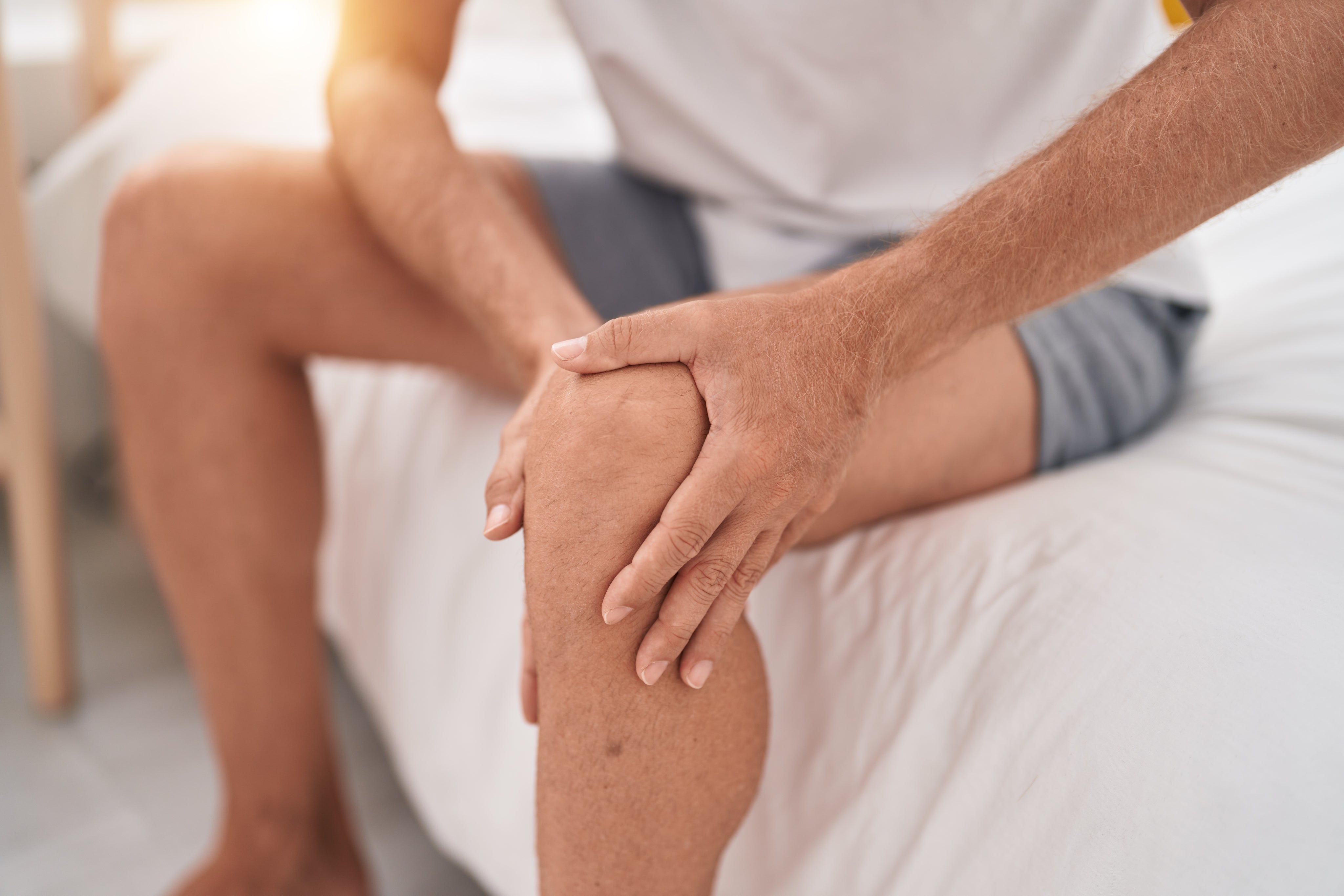If you’re dealing with bad knees, you already know how frustrating it can be pain with every step, stiffness when you get up, and that constant nagging feeling like your knee could give out any second. Whether your knee issues are due to aging, sports injuries, surgery, or just wear and tear, there’s one big mistake people make that can make everything way worse.
Let’s cut to the chase:
The #1 mistake that makes bad knees worse is ignoring the need for proper knee support and continuing high-impact movement without protection or a plan.
Sound simple? It is. But it’s also one of the most common and damaging mistakes people make and it could be the reason your knees aren’t getting any better.
Why This Mistake Happens So Often
We get it. Nobody wants to wear a brace or admit that their body isn’t working the way it used to. You push through the pain, thinking it’ll go away on its own. Or maybe you’ve tried a cheap sleeve from the drugstore that didn’t do much, so you gave up on the whole idea of using a knee support.
But here’s the deal: knees are high stress joints. Every step, squat, or jump puts pressure on them and that pressure multiplies if your alignment, posture, or muscle strength is off.
Ignoring that and continuing without support? That’s asking for trouble.
Let’s Talk About What Actually Happens Inside the Knee
Your knee isn’t just a hinge. It’s a complex joint made up of bones, cartilage, ligaments, tendons, and fluid-filled sacs that help it glide. When one of those components starts breaking down whether from arthritis, overuse, or injury it affects the whole system.
Without support, your body starts to compensate:
- Your muscles tighten, especially around the hip and calf
- Your gait changes, putting more stress on other joints
- You favor the other leg, which can cause pain in your back, hips, or opposite knee
This domino effect not only delays healing it makes things worse.
How Knee Support Can Break the Cycle
The right knee support can interrupt that vicious cycle by:
- Reducing joint stress during movement
- Stabilizing the knee to prevent further injury
- Improving circulation, which helps with inflammation and recovery
- Promoting proper movement patterns, so you don’t compensate and make things worse
This doesn’t mean you have to wear a bulky brace forever. But during activity, workouts, or flare-ups, a good knee support can be your secret weapon.
What Makes a Good Knee Support?
Not all supports are created equal, and using the wrong one is almost as bad as using none at all. Here’s what to look for:
Compression with Flexibility
You want something snug that enhances circulation but doesn’t cut off movement or blood flow.
Adjustable Support
Everyone’s knee is a little different. Braces with adjustable tension, like Nübrace, allow you to customize the level of support based on your pain or activity level.
Real Structure for Stability
If you’re recovering from an injury or surgery, you may need more than a stretchy sleeve. Look for something with lateral support, springs, or hinges to control movement and prevent hyperextension or twisting.
Comfort + Breathability
If it’s hot, itchy, or constantly sliding down, you won’t wear it. Period. Look for lightweight materials with ventilation zones and a good ergonomic fit.
The “Tough It Out” Mentality Can Be Dangerous
This is where a lot of folks especially athletes or active people go wrong. You want to stay in shape, hit the gym, go for that weekend hike, or keep chasing your kids around the yard. So you push through the discomfort thinking: “If I rest, I’ll get weak.” Or worse: “If I use a brace, I’m admitting I’m broken.”
Wrong. There’s nothing weak about using tools that help you perform better and protect your body.
Think about it this way: elite athletes wear knee support gear all the time not because they’re fragile, but because they understand the importance of long-term joint health.
More Mistakes That Make Knee Pain Worse
Aside from skipping knee support, here are a few more bad habits that wreck your knees over time:
Overtraining Without Rest
Your knees need downtime to recover. Training through pain will only prolong or worsen injuries.
Poor Form During Workouts
Bad squat or lunge form puts major stress on your knees. If your knees are collapsing inward or you’re going too deep, your cartilage pays the price.
Wearing the Wrong Shoes
Unsupportive or worn out shoes throw off your alignment and increase the impact on your knees. Invest in good sneakers with arch support and cushioning.
Neglecting Strength Work
Strong quads, glutes, and hamstrings are crucial for knee support. If you’re not doing strength work alongside cardio, your knees will suffer.
How to Fix the Problem Today
Here’s a simple action plan to stop making the #1 mistake and give your knees the support they need:
- Get evaluated by a physical therapist if your pain is chronic or post-surgery
- Choose the right knee support for your condition don’t guess. (A product like Nübrace is a great all-around solution for dynamic support and mobility.)
- Use support during activity, not just after pain hits
- Train smart with joint-friendly workouts (think cycling, swimming, resistance bands)
- Stretch and foam roll your quads, calves, and IT bands regularly
- Stay consistent knee health is a long game, not a quick fix
The Bottom Line
If your knees hurt and you’re not using knee support, you’re making the #1 mistake that could be keeping you in a cycle of pain, weakness, and re-injury.
You don’t need to stop moving. You don’t need to give up the things you love. But you do need to be smart about protecting your joints especially if they’re already showing signs of wear and tear.
Invest in your knees now, or you’ll be paying for it later with surgeries, downtime, or even permanent damage.









